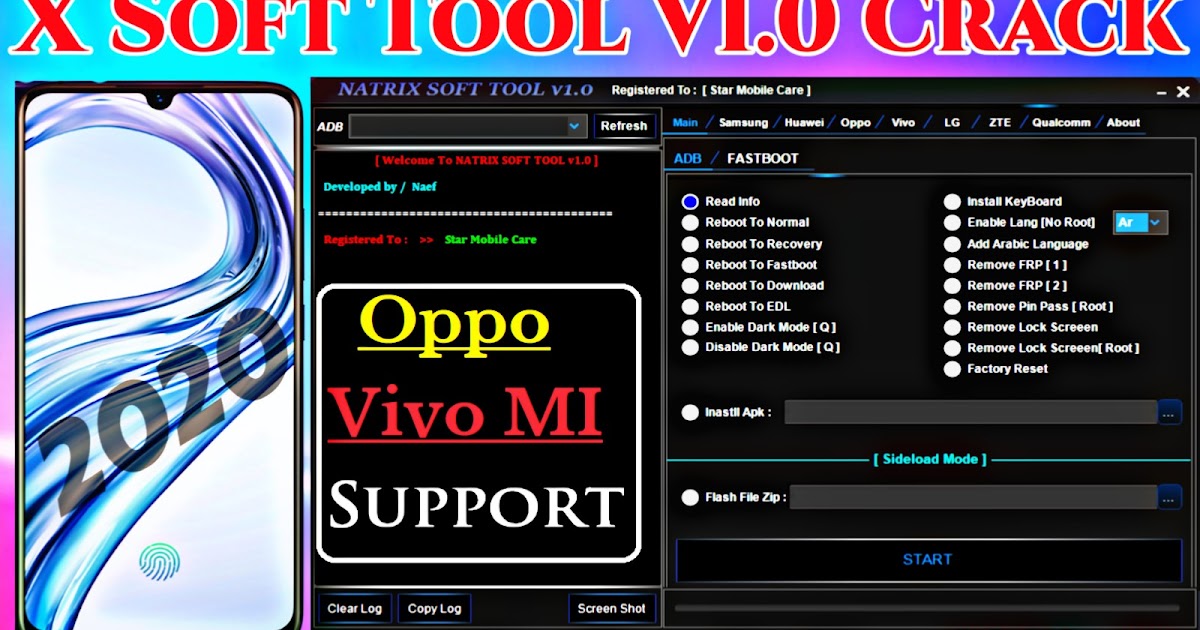

Zemax can perform standard sequential ray tracing through optical elements, non-sequential ray tracing for analysis of stray light, and physical optics beam propagation. It includes a library of stock commercial lenses. Zemax can also model the effect of optical coatings on the surfaces of components. It can model the effect of optical elements such as simple lenses, aspheric lenses, gradient-index lenses, mirrors, and diffractive optical elements, and can produce standard analysis diagrams such as spot diagrams and ray-fan plots. It works by ray tracing-modelling the propagation of rays through an optical system. Zemax is an optical design program that is used to design and analyze imaging systems such as camera lenses, as well as illumination systems.

It is used for the design and analysis of both imaging and illumination systems. If you find this project useful in your research, please consider citing our paper: Wide field-of-view volumetric imaging by a mesoscopic scanning oblique plane microscopy with switchable objective lens.Zemax is a commonly used optical design program for Microsoft Windows sold by American company Zemax LLC. Zemax OpticStudio 16.5 SP3 or higher version The layout for emission path:

Detailed microvasculature in zebrafish larvae, mouse cortex, and neurons in C.

As a result, the system is highly versatile, allowing simple switching between different objective lenses with low (10x, NA 0.3) and median NA (20x, NA 0.5). The angle of the intermediate image plane is independent of the magnification. We demonstrate a mesoscopic FOV up to ~6× 5×0.6 mm3 volumetric imaging, the largest reported FOV by OPM so far. We characterized the 3D resolutions and FOV by imaging fluorescence microspheres, and demonstrated the volumetric imaging on intact whole zebrafish larvae, mouse cortex, and multiple Caenorhabditis elegans (C. The angle of the intermediate image before the remote focusing system was increased by a demagnification under Scheimpflug condition such that the light collecting efficiency in the remote focusing system was significantly improved. We implemented an optical design of mesoscopic scanning OPM to allow using low numerical aperture (NA) objective lens. Our goal is to overcome the limitation with a new variant of OPM to achieve mesoscopic FOV. However, most reports on OPM has a limited microscopic field of view (FOV), typically within 1x1 mm2. The recent development of oblique plane microscopy (OPM) simplifies Conventional light sheet fluorescence microscopy (LSFM) design with only one single objective lens, by using off-axis excitation and remote focusing. Ray tracing and analysis for both the excitation and emission light paths of our mesoscopic OPM are provided in the Zemax files. Zemax simulation of a mesoscopic scanning oblique plane microscopy


 0 kommentar(er)
0 kommentar(er)
